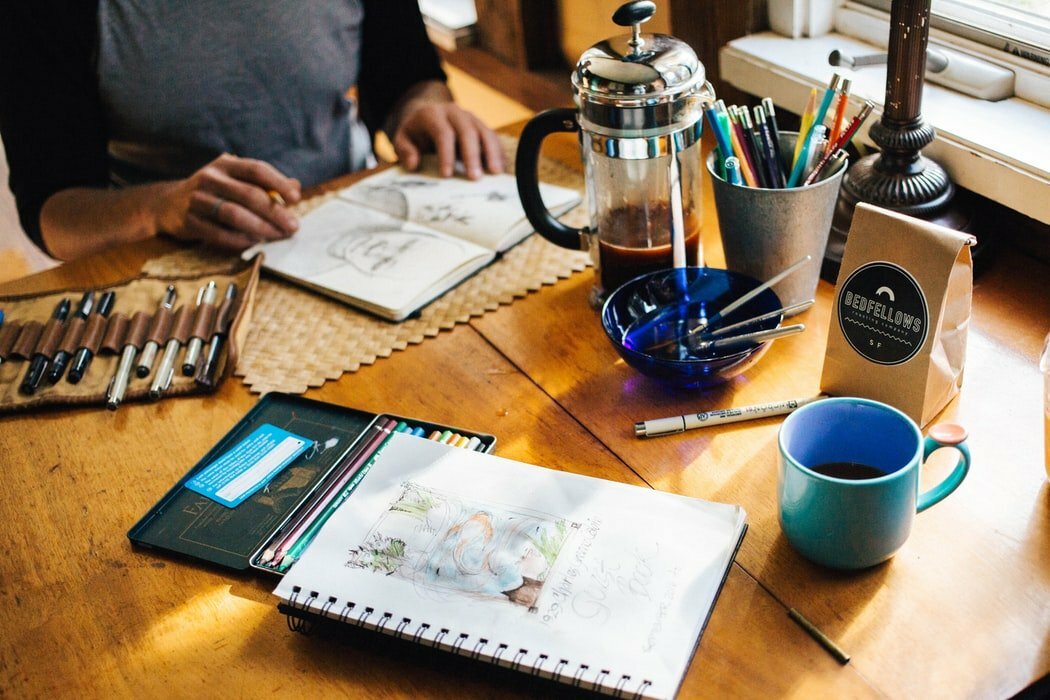As 2021 kicks off with all its hopes and opportunities to regain some of our lost freedom, there remains a lot of uncertainty., The roll-out of the vaccine may just be the only gateway ahead of us to truly move forward.
Whilst we have been adapting to a new hybrid model of working and have found the silver lining underneath all the challenges that 2020 brought us, I can’t help but reflect on how creativity can be achieved.
The New Year client planning sessions conducted via screens present several fresh challenges. The creative spark within our own team – whilst we cannot be in the room together, bouncing ideas off each other in the moment – is as much a challenge as it is to effectively engage our clients and find that renewed energy.
Last year I suggested we may have stumbled across the magic formula of a face-to-screen hybrid model of client engagement, and perhaps as a team working in communications we should apply this to our creative engagement whilst we ride this rollercoaster.
Our work from home environment should certainly not prevent us from optimising the foundational core that creativity is to professional communicators or lead us to lose sight of how we continue to work collaboratively.
Building ideas requires creativity and collaboration. Without a strong pool of ideas, insight and opportunities are limited compared with a variety of minds working together towards the same goal. We should therefore re-discover how creativity can be achieved ’online’ and reinvent the way we brainstorm ideas.
One of the key takeaways resonating from the early 2020 PRIA Compton Creativity workshop was to enable creative partnerships and relationships to thrive by establishing an environment conducive to creativity and innovation. How, you might wonder, if it is now mostly conducted over a screen? We must rethink what creativity really entails.
First, it will be important to remember that creativity is a process, not just a one-off session that can be resolved over one call or one meeting. Part of the process is also realising that the combination of different personality traits at the right time throughout the process is where the magic happens. Having team members with different professional backgrounds is a real asset. One of the advantages of working from home is the bonus time we have which enables us to involve a broader group of the team together, meaning more diversity is instantly achieved. And lastly, ensuring people feel valued and have permission to make ‘mistakes’ can still be created over the screen by giving everyone a level of responsibility throughout the process.
Whilst doing this remotely definitely offers some challenges, such as the risk of multi-tasking and attention-deficit which can easily happen when you are not in the same room, it is ultimately important to realise that it is just another learning curve.
The creative process requires full absorption and for everyone to be present in that moment. There should be no shortage of trust in the process. Diving deep into our team’s strengths to ensure we are putting the best foot forward and challenge each other to think beyond our execution remain key in the process – together with the enthusiasm that can be achieved through shared commitment by the team.
Particularly as we venture into presenting new creative ideas to prospective clients over Zoom, we should aim to foster this level of creativity and team engagement so that it can be reflected in our communication to clients.
There may be more trials and tribulations ahead of us, but what we are learning and how we are adapting and growing on this journey in a virtual setting will bring its rewards when we are face-to-face again.

